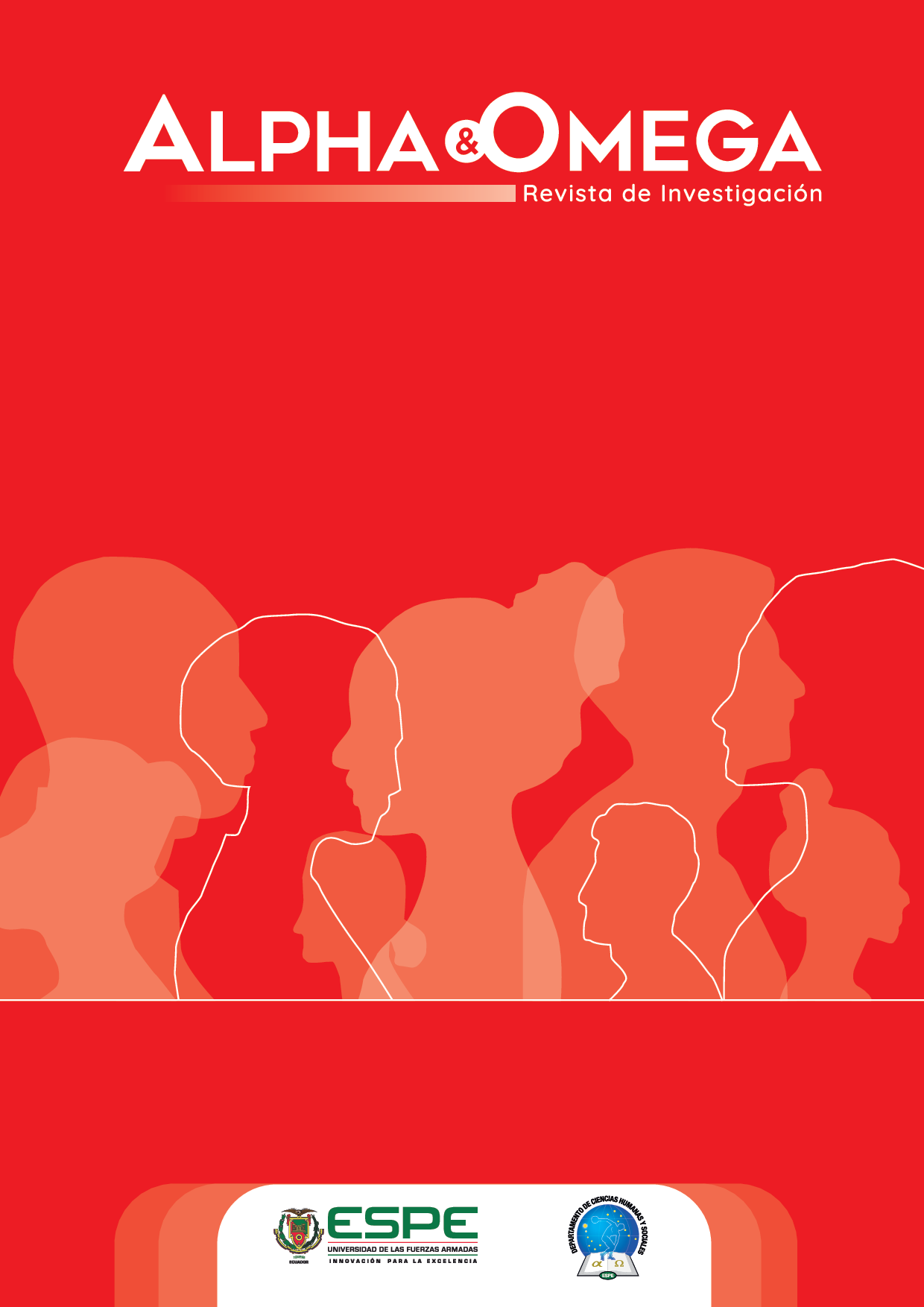Effects of motor storytelling on cognitive and emotional development in children.
Main Article Content
Abstract
Motor storytelling, as a teaching modality that combines body movement with narratives and games, has been shown to have a significant impact on children's cognitive and emotional development. This article reviews existing research on the effects of motor storytelling on different aspects of child development, focusing specifically on its impact on cognitive and emotional development.
First, the mechanisms by which the motor story can influence children's cognitive development are analyzed, highlighting its ability to stimulate sensory integration, improve attention and concentration, and promote active and experiential learning. In addition, the effects of motor storytelling on children's emotional development are explored, including its role in emotional regulation, self-esteem, and self-confidence.
Through a review of empirical studies and scientific evidence, the benefits of motor storytelling in promoting motor, cognitive, and emotional skills in infancy are identified. The practical implications of these findings for educators, parents, and health professionals are discussed, highlighting the importance of integrating motor storytelling into educational programs and recreational activities to optimize children's holistic development.
In conclusion, this article highlights the crucial role of the motor story in fostering healthy cognitive and emotional development in childhood, highlighting the need to continue researching and promoting effective practices in this area.
Downloads
Article Details

This work is licensed under a Creative Commons Attribution-ShareAlike 4.0 International License.
How to Cite
References
Arufe, V. (2015). Análisis de la implementación de cuentos motores en el ámbito educativo. Retos, 28, 90-95.
Bettelheim, B. (1995). Psicoanálisis de los cuentos de hadas. Barcelona: Ed. Crítica.
Castelli, D. M., Hillman, C. H., Buck, S. M., & Erwin, H. E. (2015). Physical fitness and academic achievement in third- and fifth-grade students. Journal of Sport and Exercise Psychology, 29(2), 239-252.
Cascales, A., & Laguna, I. (2014). Una experiencia de aprendizaje con la pizarra digital interactiva en educación infantil. Pixel-Bit. Revista de Medios y Educación, (45), 125-136.
Conde-Caveda, J. L. (1994). Los cuentos motores. (Vol I y II). Barcelona: Paidotribo.
Conde-Caveda, J. L. y Viciana, V. (1999). “Propuestas metodológicas para el desarrollo de las capacidades expresivas y de las habilidades motrices en educación infantil”. En M. Arteaga, V. Viciana, y J. L. Conde-Caveda, Desarrollo de la expresividad corporal. Tratamiento globalizador de los contenidos de representación (2ª ed.) (63-71). Barcelona: INDE.
Gallego, D., & Cacheiro, M., & Dulac, J. (2009). La pizarra digital interactiva como recurso docente. Teoría de la Educación. Educación y Cultura en la Sociedad de la Información, 10 (2), 127-145.
Gómez-Mármol, A., Valero-Valenzuela, A., Sánchez-Alcaraz, B. J., & De la Cruz, E. (2018). Cuentos motores como estrategia didáctica inclusiva. Retos, 34, 343-347.
Hart, S. (2008). Stories on the Move: Integrating Literature and Movement with Children, from Infants to Age 14. Reference & User Services Quarterly, 47(4), 406-407
Navarro, P. (2018). El cuento motor como herramienta didáctica en la Educación Primaria. Tándem: Didáctica de la Educación Física, 61, 25-31.
Navarro-Patón, R., Arufe, V., Basanta, S., & Barcala-Furelos, R. (2020). Cuentos motores como recurso pedagógico para la mejora de las habilidades motrices y el fomento de la lectura. Retos, 38, 505-509
García-Castellar, R., Nicolás, M. N., & Ruiz, J. J. (2017). El cuento motor como herramienta de trabajo en Educación Física. EmásF: Revista Digital de Educación Física, 48, 12-24.
Giménez, F. (2016). Cuentos motores: Teoría y práctica en educación infantil y primaria. Wanceulen Editorial .
Sáez de Ocáriz, U., Lavega, P., & March, J. (2019). El cuento motor como estrategia pedagógica en la formación del profesorado de educación primaria. Revista Internacional de Medicina y Ciencias de la Actividad Física y del Deporte, 19(74), 253-270.
Strong, W. B., Malina, R. M., Blimkie, C. J., Daniels, S. R., Dishman, R. K., Gutin, B., ... & Trudeau, F. (2005). Evidence based physical activity for school-age youth. Journal of Pediatrics, 146(6), 732-737.
Real Academia Española (1997). Diccionario de la lengua española. Madrid: Espasa-Calpe.
Rodari, G. (2006). Gramática de la fantasía (6ª ed.). Barcelona: Planeta.
Ruiz-Omeñaca, J. V. (2011). El cuento motor en la educación infantil y en la educación física escolar: cómo construir un espacio para jugar, cooperar, convivir y crear. Sevilla: Wanceulen.
Valero-Valenzuela, A., Gómez-Mármol, A., Gil-Campos, M., & Zagal az, P. (2019). Influencia de los cuentos motores en el desarrollo socioemocional de escolares en Educación Primaria. Revista de Psicología del Deporte, 28(3), 91-100.

